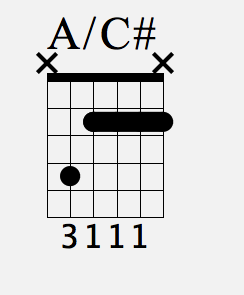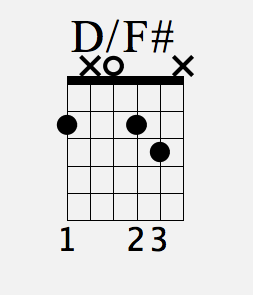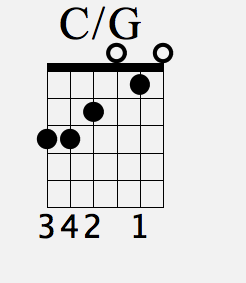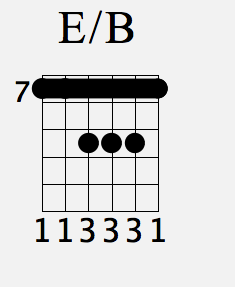Hi there,
To give yourself a big advantage as a musician, learning how all your chords are constructed can be very beneficial.
You’ll often see Bm7, B7, B major 7 (sometimes written as B triangle 7), all over guitar books and tabs across the internet.
The majority of guitarists don’t understand what all these 7,9’s 6’s, 4s and 2’s mean when seeing it in a chord progression.
These all relate to intervals – an interval is the distance between 2 notes.
All your chords are built up of intervals – they are called different things depending on the distances of pitch between each interval.
MAJOR AND MINOR CHORDS/TRIADS
The most common chords used tend to be Major and Minor chords – ‘G’ generally means G major on a piece of sheet music and ‘Gm’ would be G minor.
These are often referred to as triads also – this is because they only contain 3 notes. You’ll be able to come up with an enourmous amount of different voicings for these triads if you know how they are constructed.
A Major chord is built up of a ROOT , MAJOR 3RD AND A PERFECT 5TH, often shortened to 1,3,5.
The ROOT note will be the first note you play and also the letter of the Chord – so in B major the root is B
The MAJOR 3RD is 2 TONES IN SIZE from the Root note. (a Tone is 2 notes, say G to A or E to F#)
The PERFECT 5TH is 3 AND A HALF TONES IN SIZE from the Root note (so this would be 3 tones and 1 semitone – D to A for example)
Let’s take some chords and work out the 3 notes without having to look at the guitar.
E Major – the Root is E
E -> F# -> G# is 2 tones so the MAJOR 3RD
E -> F# -> G# ->A# ->B is 3 1/2 tones so the PERFECT 5TH
So regardless of what CAGED shape you play E major will always contain E, G# and B
This can be very useful in composing and in bands – say if you wanted your piano player to play the notes of E major over the top of your guitar chord – you know all he has to do is play those 3 notes.
There is a popular misconception that as a guitarist, if you are playing 6 strings for a chord, you must be playing 6 notes.
If you play the common open E major chord you’ll see that there are 3 E notes, 2B notes and 1 G#
Say if your rhythm guitarist is playing an open E major chord – have a go at picking random E, G# and B notes over the top – they’ll all work nicely over the chord.
The only different between a MAJOR chord and a MINOR chord is the 3rd.
What happens is instead of a MAJOR 3RD (2 TONES) you have a MINOR 3RD (1 1/2 TONES)
The distances in pitches between the ROOT, MINOR 3RD AND PERFECT 5TH makes it MINOR sounding.
Lets take Em as an example
E is the ROOT note
E -> F# ->G is the MINOR 3RD (often abbreviated to b3 for ease of writing – 1 1/2 tones)
E ->F# -> G# ->A# ->B is the PERFECT 5TH – 3 1/2 TONES)
As you can see the only difference between a major or minor chord is the 3rd
To make a minor chord major – raise the minor 3rd by a semitone
To make a major chord minor – lower the major 3rd by a semitone
It’s really good practice to start writing different major and minor triads out on a piece of paper, then see how many different ways you can play them on the fretboard.
If you were to start taking up an instrument like the Piano you’ll give yourself a hige headstart as an E major chord will always contain E, G#, B on any instrument.
Thanks for reading
ROCK N ROLL
James






